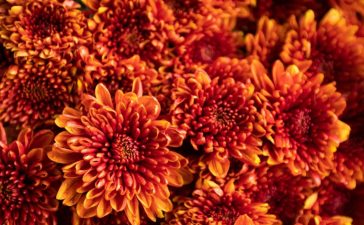How to Easily Propagate Christmas Cactus as Unique Holiday Gifts
Certainly, one of the most rewarding aspects of nurturing houseplants is the chance to multiply your greenery and share the love by gifting rooted cuttings of your cherished plants. While the concept of propagation might seem daunting, fear not, as it can be a straightforward and stress-free endeavor, especially when it involves the resilient Christmas cactus. This robust, winter-blooming plant can be effortlessly multiplied right in the comfort of your home. You don’t need a botany degree or extensive experience to succeed, making it a delightful way to spread the joy of your home’s greenery with friends and family this holiday season.
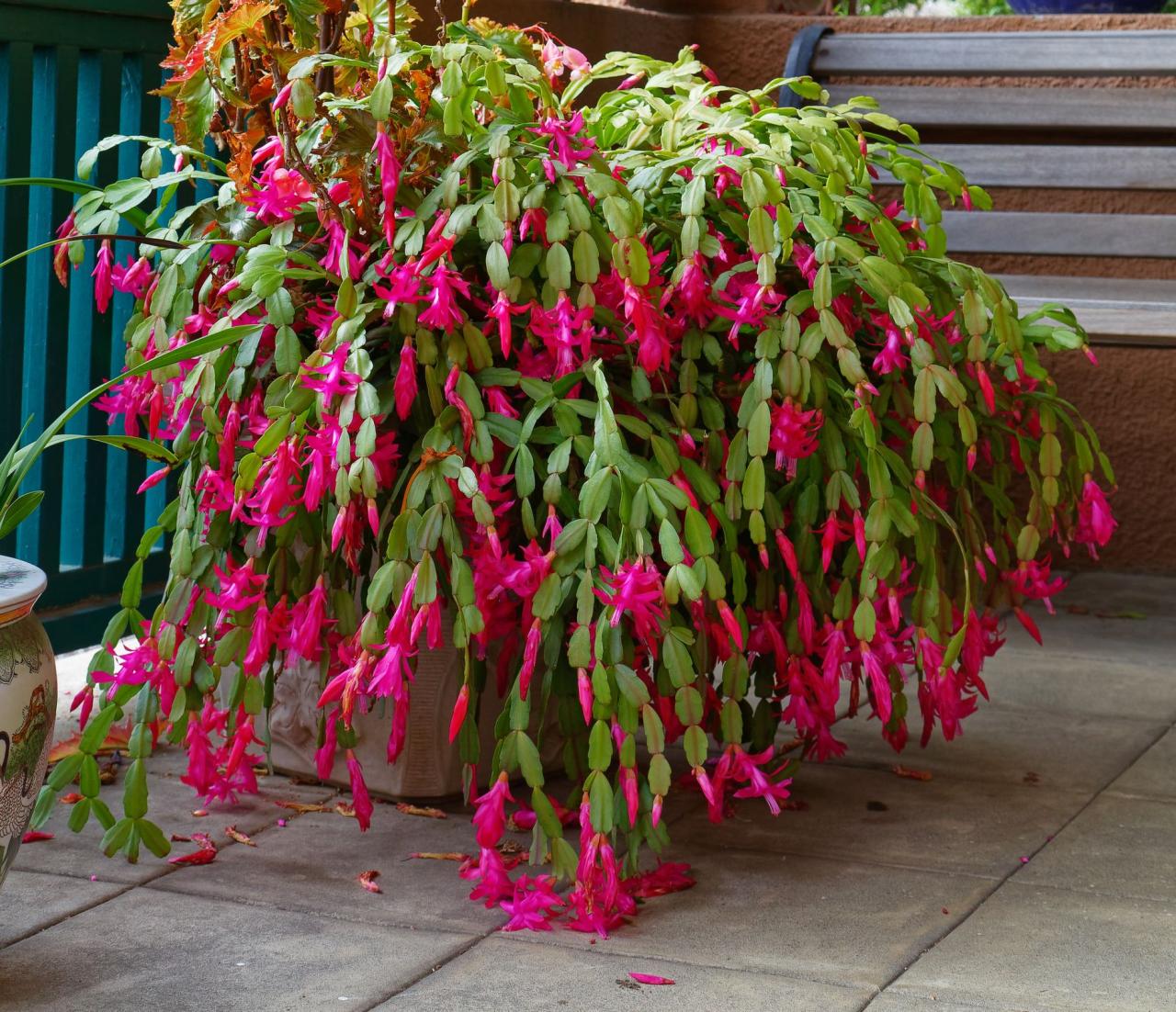
Distinctive Traits:
In contrast to the majority of cacti, which originate from arid desert climates, the Christmas cactus, scientifically known as Schlumbergera, has its roots in the humid and shaded regions of southeastern Brazil. Remarkably, it is an epiphytic and epilithic plant, indicating that it grows on trees and rocks instead of in the ground. Featuring leaf-like pads interconnected and trailing down, the Christmas cactus adorns itself with bold, vibrant blooms during the holiday season, earning it a place alongside pine trees and poinsettias in the realm of holiday plants. While the Christmas cactus shares its name with the Easter cactus and Thanksgiving cactus, for simplicity, they are commonly referred to as Christmas cacti.
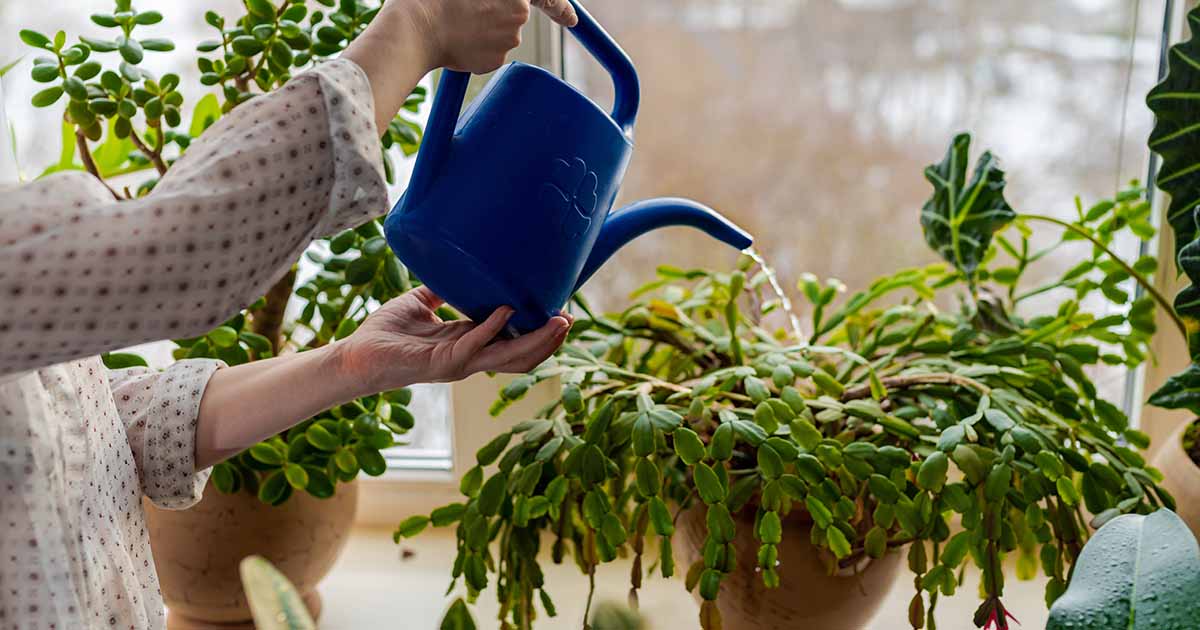
Proper Care:
According to the esteemed plant retailer, The Sill, Christmas cacti require watering every 1-2 weeks, allowing the potting soil to dry out at least halfway before subsequent watering. These plants thrive in bright to medium indirect light and should be shielded from direct, intense sunlight. If you aspire to maximize winter blooms, The Sill advises subjecting your Christmas cactus to extended periods of lower light during the fall season. Additionally, they appreciate increased humidity in the winter months, so positioning a humidifier near your plant can promote healthy leaf growth.
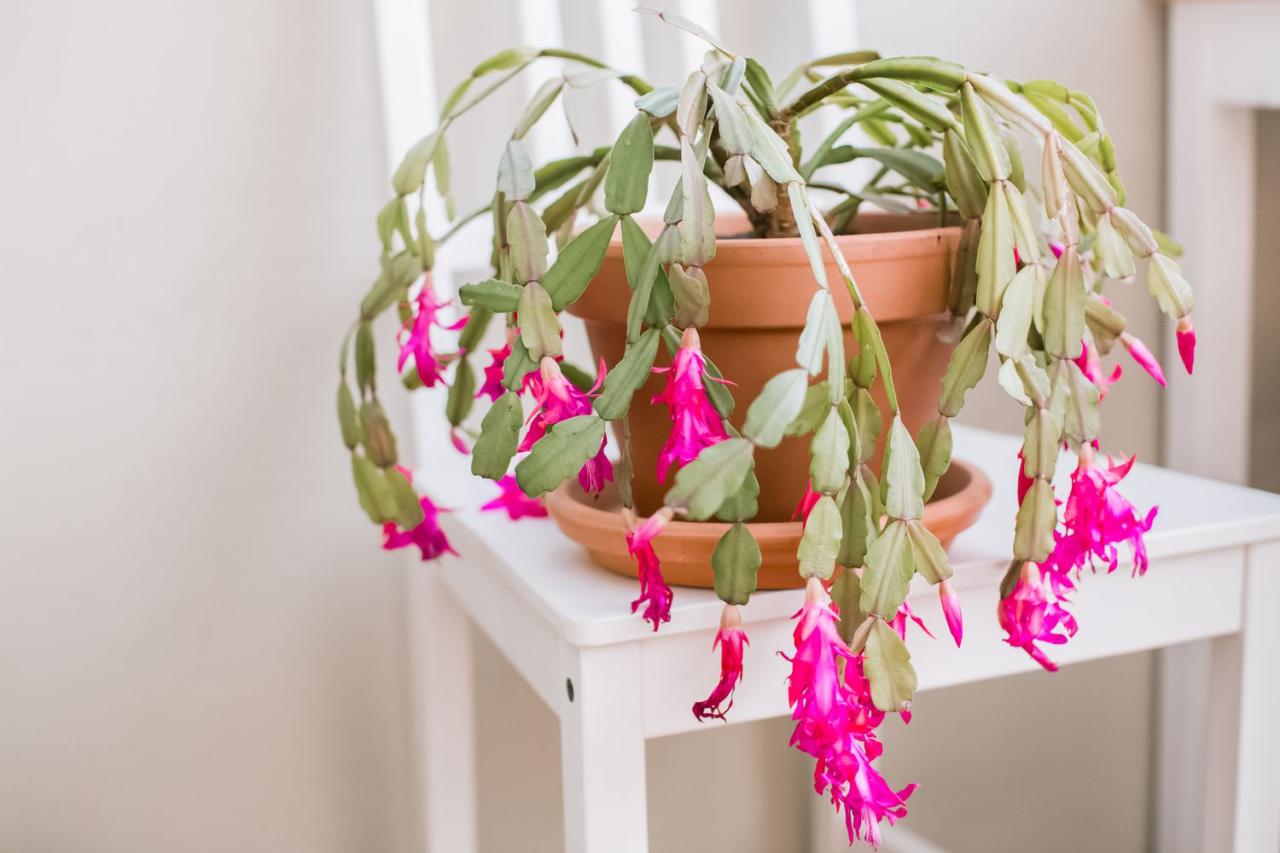
Interestingly, despite their non-desert origins, the Farmer’s Almanac suggests using a potting soil formulated for succulents when potting your Christmas cactus. This type of potting soil typically consists of a blend of standard potting soil, coarse sand, and pumice or perlite, ensuring excellent drainage and preventing overwatering of your plant.
How to Propagate
Propagating your Christmas cactus can be accomplished through two straightforward methods: direct planting and water propagation. While direct planting involves inserting the cutting directly into potting soil for root growth, water propagation allows you to observe the root development as it happens. Melissa J. Will, a gardening expert and the creator of “The Empress of Dirt” blog, suggests that propagating Christmas cacti from cuttings is the easiest and most effective means of multiplying your plant.
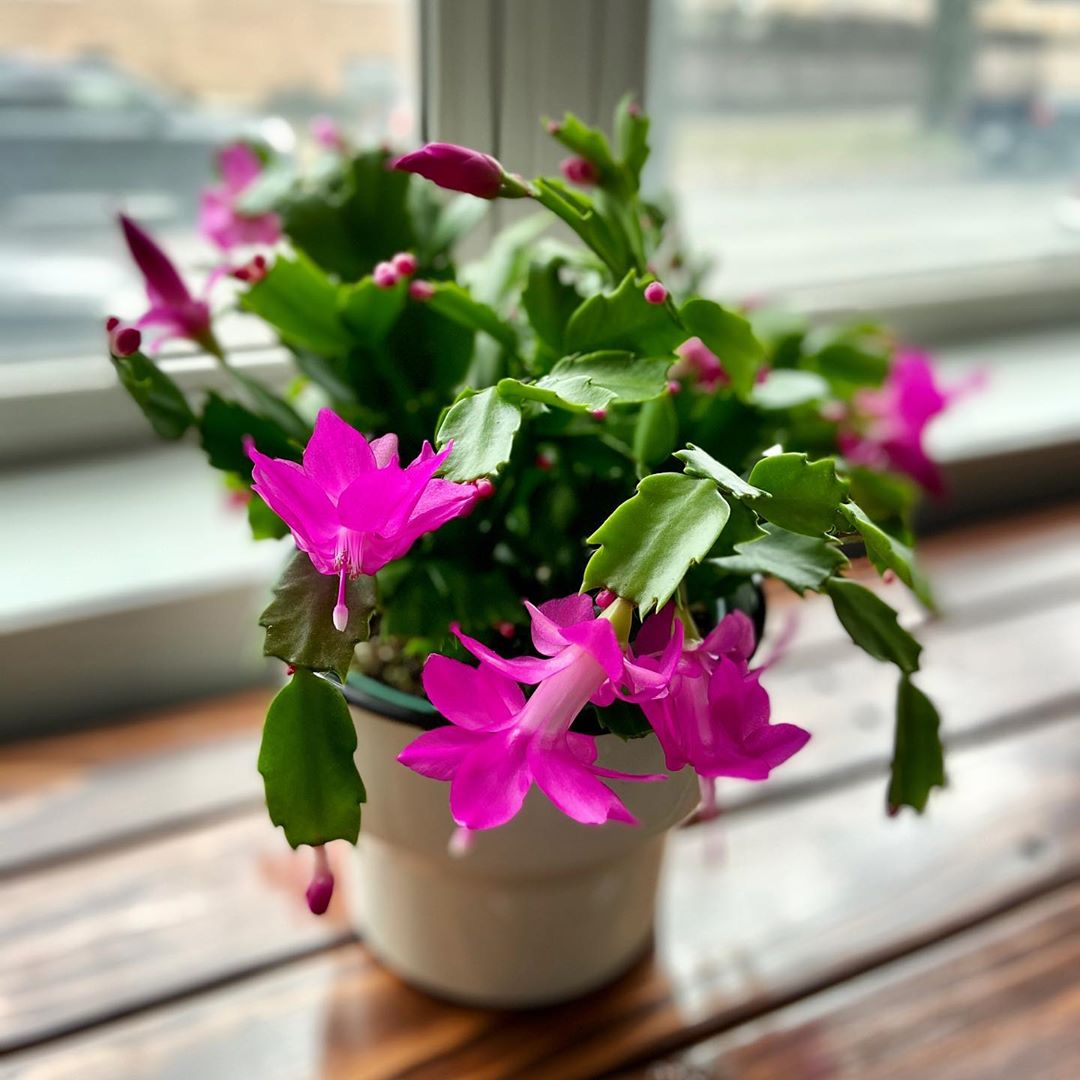
For optimal results, Will advises against taking cuttings from your plant when it is budding or in bloom. Slightly warmer temperatures ranging from 71 to 81°F can expedite the rooting process. You can certainly place multiple cuttings in a single pot; just ensure there is about an inch of space between them. Here’s a step-by-step guide:
- Pinch off a section of your Christmas cactus at a joint, located between two leaf segments, rather than using scissors or shears. Gently twist the section until it breaks free, as this method results in a clean cut. Be careful not to break a segment in the middle. Will recommends taking 1-4 segments for a single cutting, as using more may cause the cutting to become unstable in the pot or water vessel.
- For direct planting, insert the cutting directly into moist potting soil, burying it halfway up the first or second segment. Keep the soil consistently moist while allowing roots to develop.
- If you choose water propagation, place the cutting in a small jar, vase, or glass (Will suggests a baby food jar) with the bottom inch submerged in water. You can add some rocks to the bottom to help secure the cutting in place. Once the roots have grown to at least one inch in length, the cutting is ready to be planted in potting soil.
You Might Also Like
Top 10 Expert-Recommended Ornamental Trees for Curb Appeal
To enhance your landscaping and curb appeal, planting ornamental trees can add a touch of beauty and elegance to your...
Radiant Mums: A Guide to Caring for Your Fall Chrysanthemums
Chrysanthemums, commonly known as mums, are cherished for their vibrant beauty and captivating sweet and spicy fragrance, making them a...
Expert Tips on Choosing and Caring for Indoor Trees
Do you have a corner in your home that's crying out for a touch of green? Indoor trees can be...
When and How to Deadhead for Thriving Bushes
When it comes to maintaining the beauty of your hydrangea bushes, understanding when and how to deadhead them is crucial....







